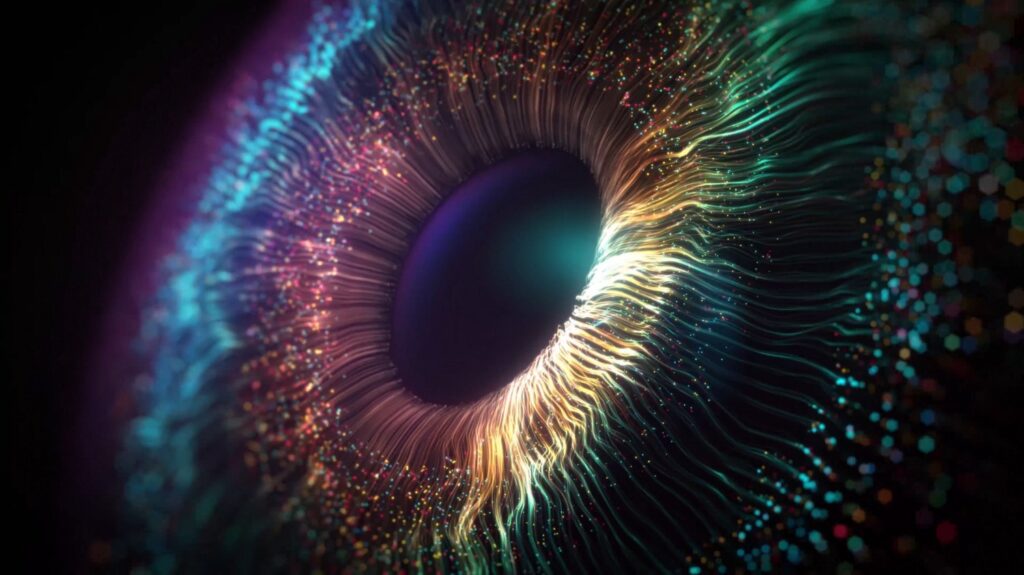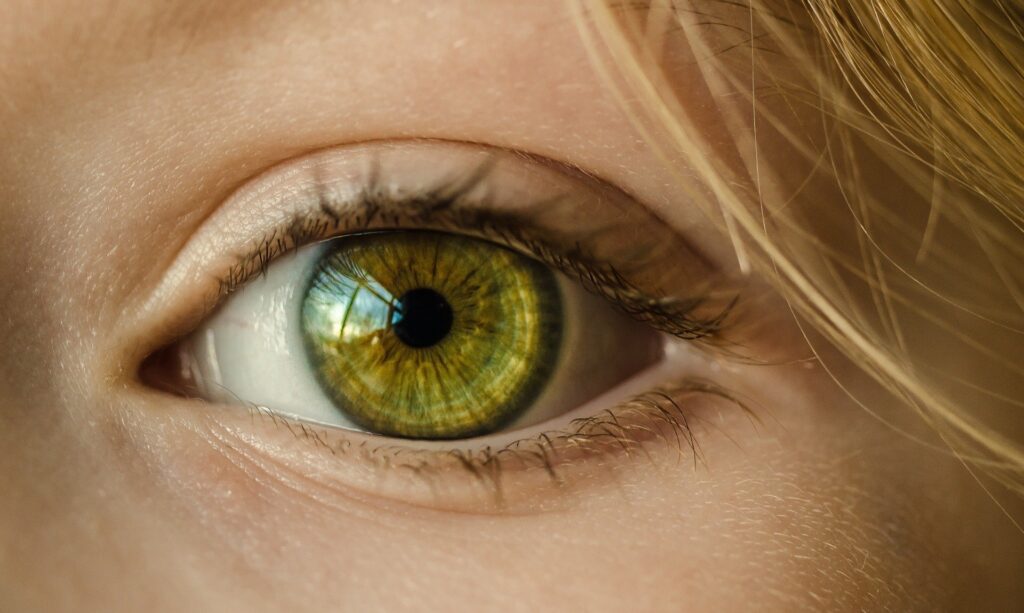New Computer Model Shows Potential Bionic Eye Technology Improvements
Degenerative eye diseases contribute immensely to millions of people worldwide to lose their eyesight. Engineers, scientists, and researchers are trying to create a bionic eye to help blind people.
Several research groups are creating a bionic eye, with the same goal: to offer partial sight to people who have lost their sight because of retinitis pigmentosa. The first retinal prosthesis in the world, Argus II, reproduces some functions in the eye’s part that is vital to vision. Argus II allows its users to be aware of shapes and movement.
Earlier, a team of scientists from the Hong Kong University of Science and Technology created a bionic eye for humanoid robots, which they believe can be a prosthetic for humans later.
Still in its infancy
The field of retinal prostheses is still very new, but those who are already using a bionic eye are enjoying their new way of interacting with the world. Because they can see the outlines of objects, they can now move safely even if they are in unfamiliar environments.
The researchers continue to look for future improvements on bionic eye technology. One such group comprises researchers from the USC Viterbi School of Engineering and the Keck School of Medicine of USC. According to Provost Professor Gianluca Lazzi of the university’s Ophthalmology and Electrical Engineering, his team wants to develop systems that will truly replicate the retina’s complexity.
He said he and his colleagues at the University of Southern California has created an advanced computer model that imitates the activities in the retina. Their model can reproduce the shapes and positions of the eye’s millions of nerve cells. The model can also mimic the physical and networking properties related to the nerve cells. With the creation of the model, they can now understand how and why the neural system behaves the way it does.
The researchers are now identifying ways for succeeding retinal prosthetic devices to have increased clarity and color vision.
How vision happens
It is essential to understand how vision occurs to understand how the computer model can help improve the functions of the bionic eye.
We can simplify the process like this:
- Light enters a healthy eye. The lens focuses the light onto the retina which is at the back of the eye.
- Photoreceptor cells translate the light into electrical impulses. Other cells in the retina process the electrical impulses.
- After the processing, the signals move to the ganglion cells that will deliver the information to the brain through axons, the nerve fibers that comprise the optic nerve.
The new advances according to the model
The photoreceptors and the cells that do the processing die when a person has a degenerative eye disease.
According to Professor Lazzi, in such a situation, a suitable set of inputs is no longer available for the ganglion cells. That electrical input is what Prof. Lazzi and his team are trying to provide.
In their model, a patient will receive a tiny eye implant. This is composed of an array of electrodes activated remotely. A pair of special glasses with a camera will transmit the signal. When the camera detects the patterns of light, the electrodes will activate specific retinal ganglion cells, which will signal the brain. This will lead to the perception of white and black images composed of 60 dots.
There are conditions wherein an electrode in the implant can stimulate the axons of the neighboring cells of the target. For a bionic eye user, the off-target stimulation of the axon makes the system perceive an elongated shape rather than a dot. This is what their study plans to address, according to the professor.
They want to activate that specific cell, and they achieved this by designing an electrical stimulation waveform to target the particular cell precisely. They created two models for their study. One model identified the pattern of short pulses to target the preferred cells specifically. They are studying how to encode color in their other model. They already developed a strategy to adjust the frequency of the signal so the bionic eye can perceive the color blue.
They will continue to develop a system to encode color hues and they plan to combine it with artificial intelligence (AI) to help enhance the perception of users of bionic eyes like Argus II.
The professor adds they know the research will take a long time, but he said they are in the right direction. With the addition of AI, most blind people can renew their hope that they can see again.

